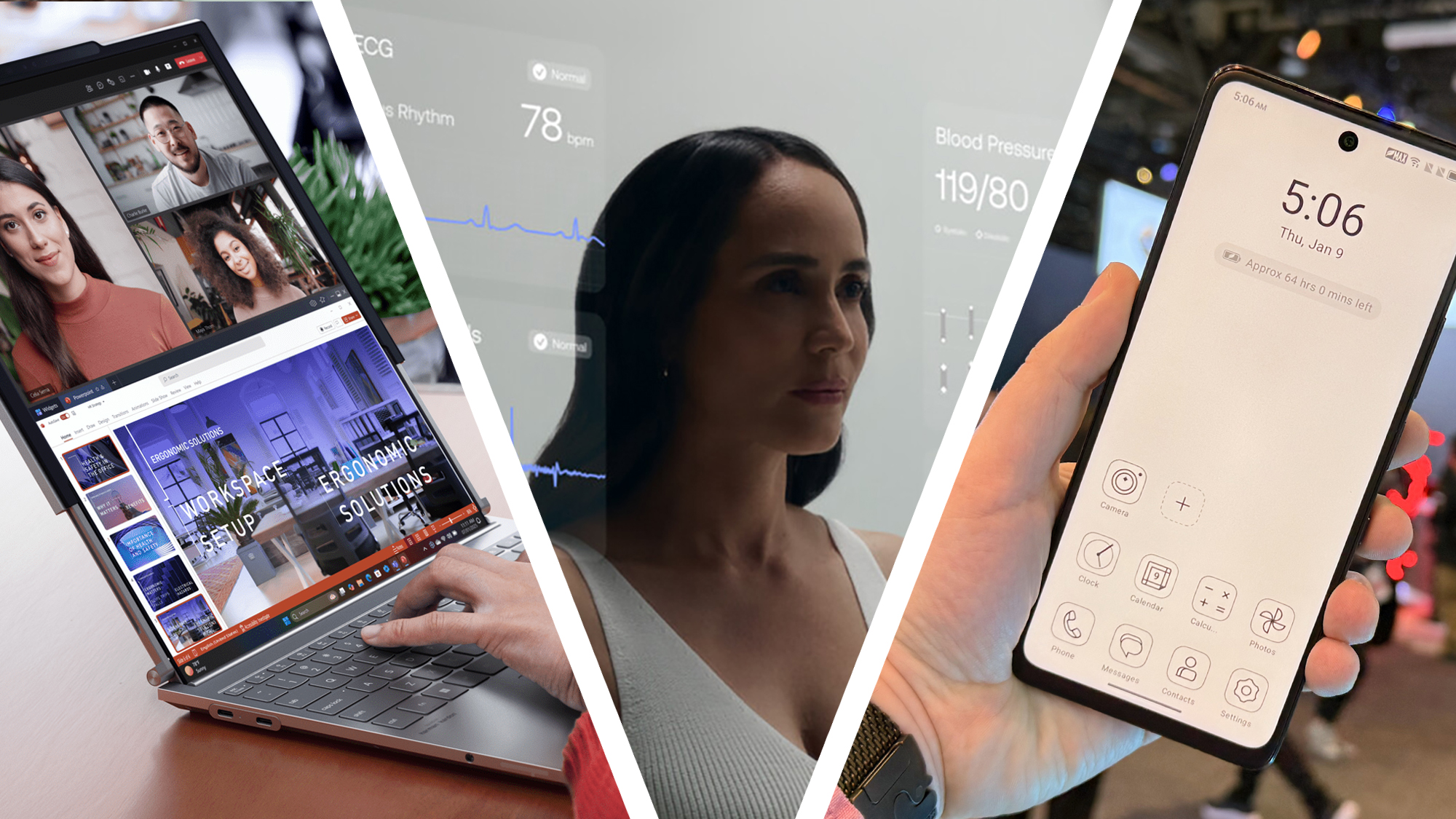
CES 2025 is over, and a frazzled TechRadar team has returned with strange memories of weird furry robots and light therapy face masks. Yes, CES can be an odd place, but it's also a reliable taster of the kinds of gadgets and tech trends we're likely to see in the year ahead – so we've gathered all the big ones here in one handy place.
Don't worry; it won't all be about AI. In fact, we've left that out of this list, given that everyone, bar uncontacted Amazon tribes, knows that AI will be baked into every product under the sun in 2025 – despite the lack of breakout CES stars like the Rabbit R1 at this year's show.
Instead, we've focused on the trends we think will make the most difference to the average tech fan. That means advances in TV tech (like wireless connection boxes and RGB backlighting), fascinating laptop screen innovations, and the rapidly growing world of smart glasses.
It's not all mainstream tech ideas, though, as we also shine a light on the gadgets coming to boost our coffee drinking and the lives of our furry friends in 2025. So take a break from your floundering New Year's resolutions for a moment and join us on a ride through this year's biggest tech trends, as predicted by CES...
1. RGB backlighting is the future of TVs
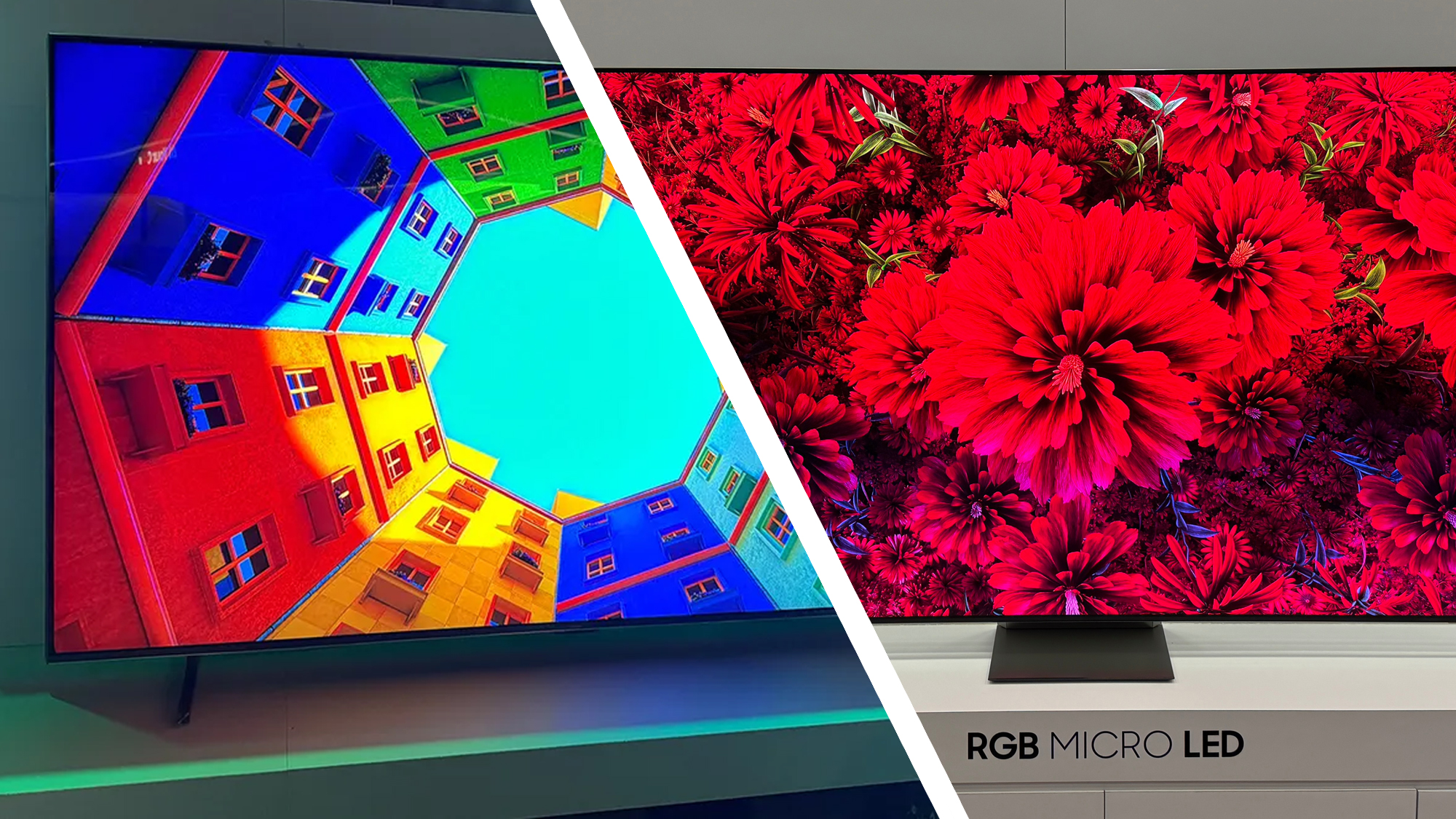
Robots try to steal the limelight, but TVs have always been at the heart of CES. And this year's show's most significant TV trend was undoubtedly RGB backlighting tech for LCDs.
Naturally, the tech giants all have their own confusing names for this technology, with Hisense, Samsung, and TCL all showing off their versions at CES 2025. But all you need to know is that it's a new twist on making LCD TVs that will make them even brighter or at least more power efficient at the same brightness.
Currently, most mini-LED backlights use a grid of blue LEDs, which pass through a color filter to create the final picture. Instead, RGB backlights (as the name suggests) use red, green, and blue backlights, which means the color filtering layer does much less work and allows the brightness to shine through.
While the tech won't go entirely mainstream this year, Samsung's 'RGB Micro LED Backlight' will likely come in a 4K TV this year, with TCL's following in 2026. So, if you happen to win the lottery, Hisense's 116-inch TV with its 'TriChroma RGB Backlight' will also land later this year. We reckon it'll be a toss-up between RGB backlighting and wireless connection boxes for the TV trend of 2025.
2. Massive TVs will continue their hot streak
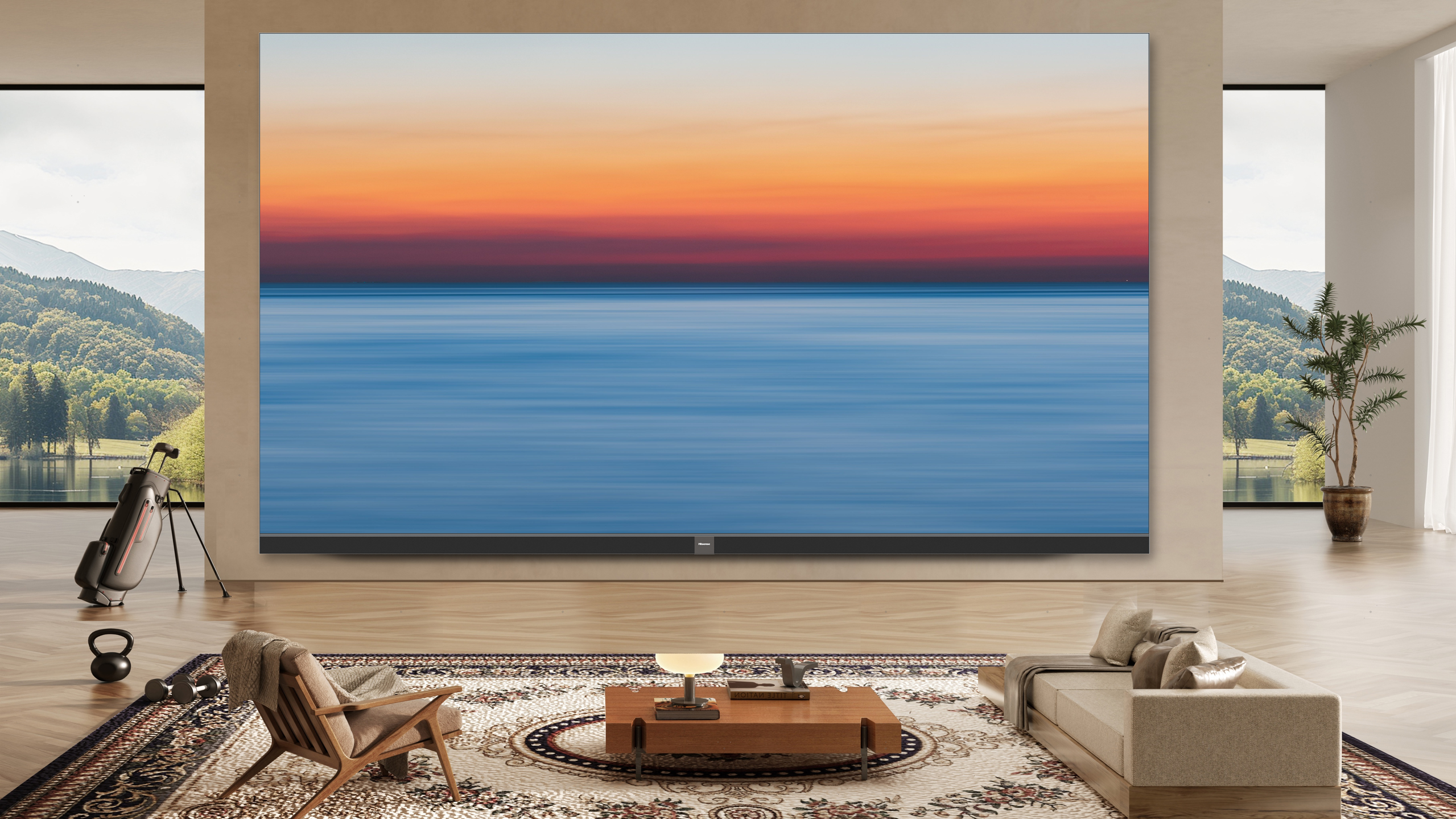
Enormous TVs aren't exactly a new CES trend, but this was the first time we've seen 100-inch sets from virtually every big manufacturer. Breaking that barrier at the show were Hisense, Samsung, TCL, and LG, while Samsung also showed off a 115-inch version of its premium Samsung QN90F Neo QLED set.
Last year, we saw 97-inch TVs hit new levels of popularity due to a combination of lower prices (for more affordable VA LCD panels, at least) and a post-pandemic upgrade cycle that saw many replace the sets they bought during lockdowns. So, does that mean 100-inch sets will become the norm in 2025?
Not necessarily – as TechRadar's TV hardware expert James Davidson has argued, many of the big sets on show at CES will be at the premium end (think somewhere in the region of $15,000 / £20,000 and above, based on today's models). Also, 4K or UST (ultra short throw) projectors will likely continue to offer better bang-for-buck at these larger screen sizes.
Still, CES 2025 has shown that 100-inch monoliths are no longer concepts or one-offs, and the rising popularity of huge TVs will likely continue this year.
- Read more: Big-screen TVs are everywhere at CES 2025, but I doubt they'll replace projectors anytime soon
3. E Ink will save us from screen overload
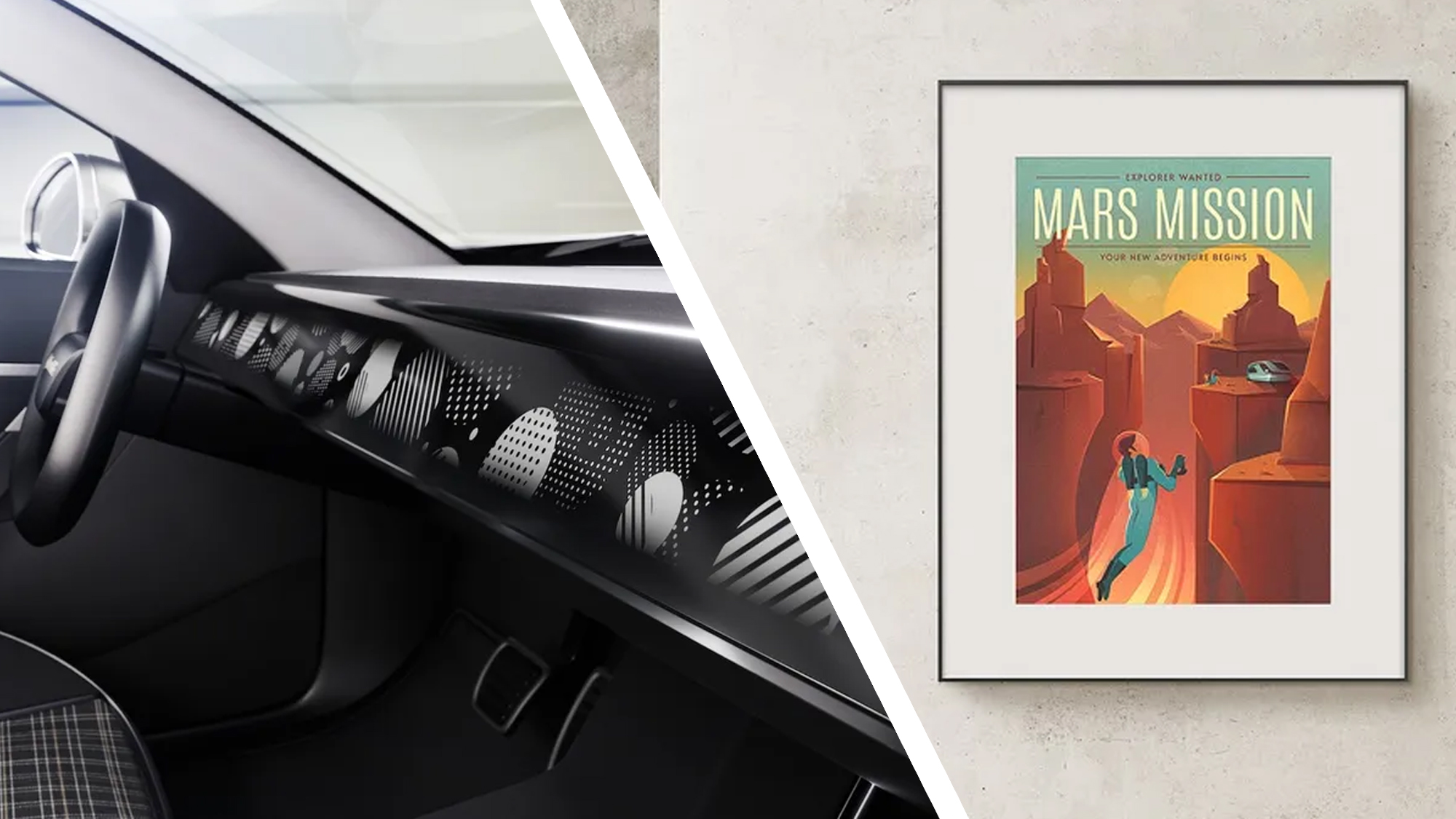
It can sometimes feel like we spend 90% of our waking hours looking at screens, which is probably because E Ink (or epaper) displays were again something of a trend at CES 2025. Yes, they're also screens, but they're a bit more eye-friendly (and less power-hungry) than an OLED.
We saw Continental reveal car dashboards with personalized E Ink displays, which we're pretty fond of compared to the huge head-up display of BMW's new iDrive system. The InkPoster, which uses E Ink's new advanced Spectra 6 color tech, also looks like a subtle wall art alternative to Samsung's The Frame Pro TV.
However, our favorite twist on the trend was the TCL 60 XE, which won our CES 2025 award for Phone innovation. It may not use electronic paper technology, but TCL's phone does have an NXTPaper switch that lets you instantly turn on a mode that's close to replicating an Amazon Kindle.
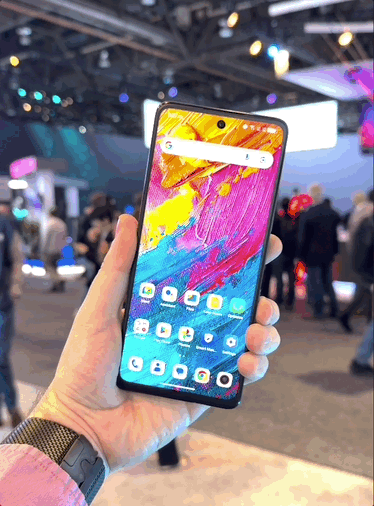
Switching between the two modes looks like the iPhone's NameDrop effect, and the benefits are that it both sips power (for potentially week-long battery life) and creates a refreshingly distraction-free reading experience for a phone. More of this please, Apple and Samsung.
- Read more: The next big EV trend could be these special-edition E Ink dashboards – and I'm all for it
- Read more: This awesome E Ink poster frame looks like the future of wall art, if you can stomach the price tag
- Read more: TCL's ultra-affordable 60XE uses NXTpaper to potentially break all kinds of battery life records
4. Robot vacuums will learn useful new tricks

Robot vacuums were like the court jesters of CES 2025, entertaining the crowds with many fancy new tricks. But they weren't just showing off – some of the new features look genuinely useful.
The Roborock Z70, for example, has a mechanical pincer arm that picks up stray socks you've inconveniently left in its path and tosses them in a laundry basket. Unfortunately, rumors that it also tuts to itself while doing this were sadly unfounded.
Taking the multi-tasking theme even further was the SwitchBot K20+ Pro, built on a modular platform that lets you add convenient extras like an air purifier, security camera, and even a little tray for sandwich delivery.
But on a practical level, the Dreame X50 Ultra Complete probably has the best superpower – the ability to climb stairs. Its little legs can help it climb obstacles up to 4.2cm in height in a single step (or 6cm in two). Best of all, this mode is called 'ProLeap.'
5. Smart glasses will go truly mainstream
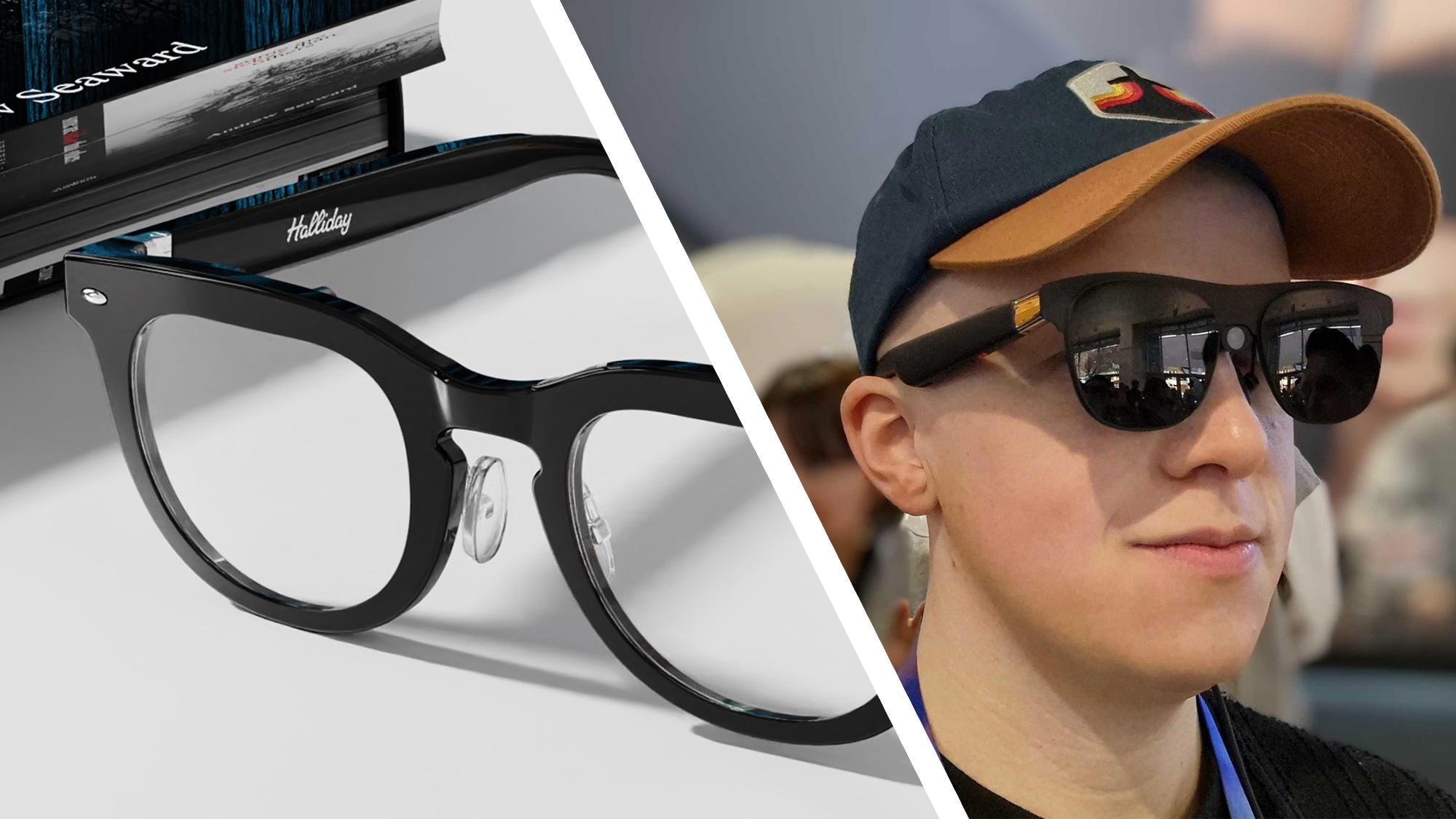
It's taken a few years, but smart glasses are slowly becoming socially acceptable – and CES 2025 shows that this could be their big bang year.
Two stood out among the many Ray-Ban Meta glasses rivals on show (which are still our pick as the best AI smart glasses). The Halliday Smart Glasses achieved the feat of looking precisely like traditional eyewear, mainly because they pack in a tiny display rather than trying to use waveguide tech to project info on the lenses.
That screen looks like a 3.5-inch monochrome display when it's up close to your eye – and it's a solution that left us in two minds, considering full AR specs are expected from Meta, Snap, and more in the next year or two. Still, it works, and the Halliday AI app means it can do voice translation, turn-by-turn navigation, teleprompting and more.
The winner of our best AR glasses award at CES 2025, though, was the Xreal One Pros. Building on the Xreal One (a personal wearable screen) from a few months ago, they give you Full HD visuals and a powerful X1 chip with native spatial computing powers. We called it an "extremely impressive experience" and look forward to testing them in the real world soon.
- Read more: Look out Ray-Ban Meta smart glasses, Xreal is coming for your crown with its new AR specs
6. Health tech will blend into the background
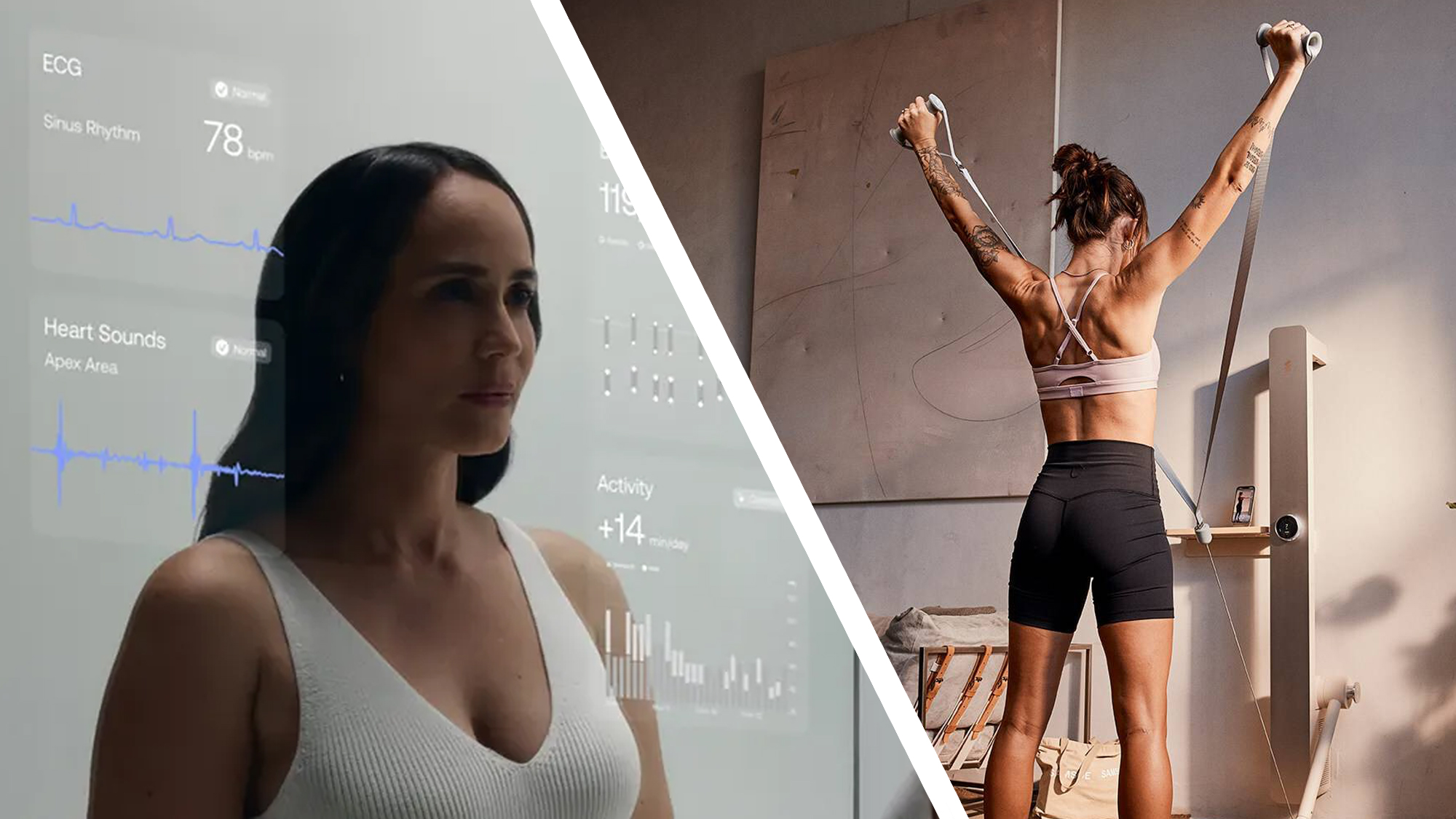
Smart home tech can still feel frustratingly dumb, but there were signs at CES 2025 of what we've always wanted – personal health monitoring that blends into traditional homeware, like bathroom mirrors.
Currently, mirror tech tops out at LED lights and unnecessary motion sensors. But the Withings Omnia (sadly just a concept for now) promises to sync with other gadgets to give you a full picture of your health (to help explain the tired-looking person in the reflection).
The mirror's base can also measure your weight, heart health, and metabolic health, so there's no need to shell out for a load of other gadgets. It'll also apparently be able to run ECG (electrocardiogram) scans and check for signs of atrial fibrillation, all in an accessory that looks very Black Mirror, in a good way.
Elsewhere at CES 2025, we also let Samsung's AI-powered micro-LED mirror examine and judge our skin health before reeling off a list of recommendations (which surprisingly didn't include 'try sleeping for more than two hours'). Meanwhile, discreetly tucked away on a wall was our favorite piece of workout tech at the show, the Amp Fitness machine – think Peloton for cable-based strength training.
- Read more: The new Withings Omnia smart mirror promises to give you a full-screen scan of your health
- Read more: I looked into Samsung’s AI-powered micro-LED mirror and now I’m ready for some scientifically backed looksmaxxing
- Read more: This AI-powered strength machine could be Peloton for gym rats, and it looks incredible
7. Our pets will have a gadget blast in 2025
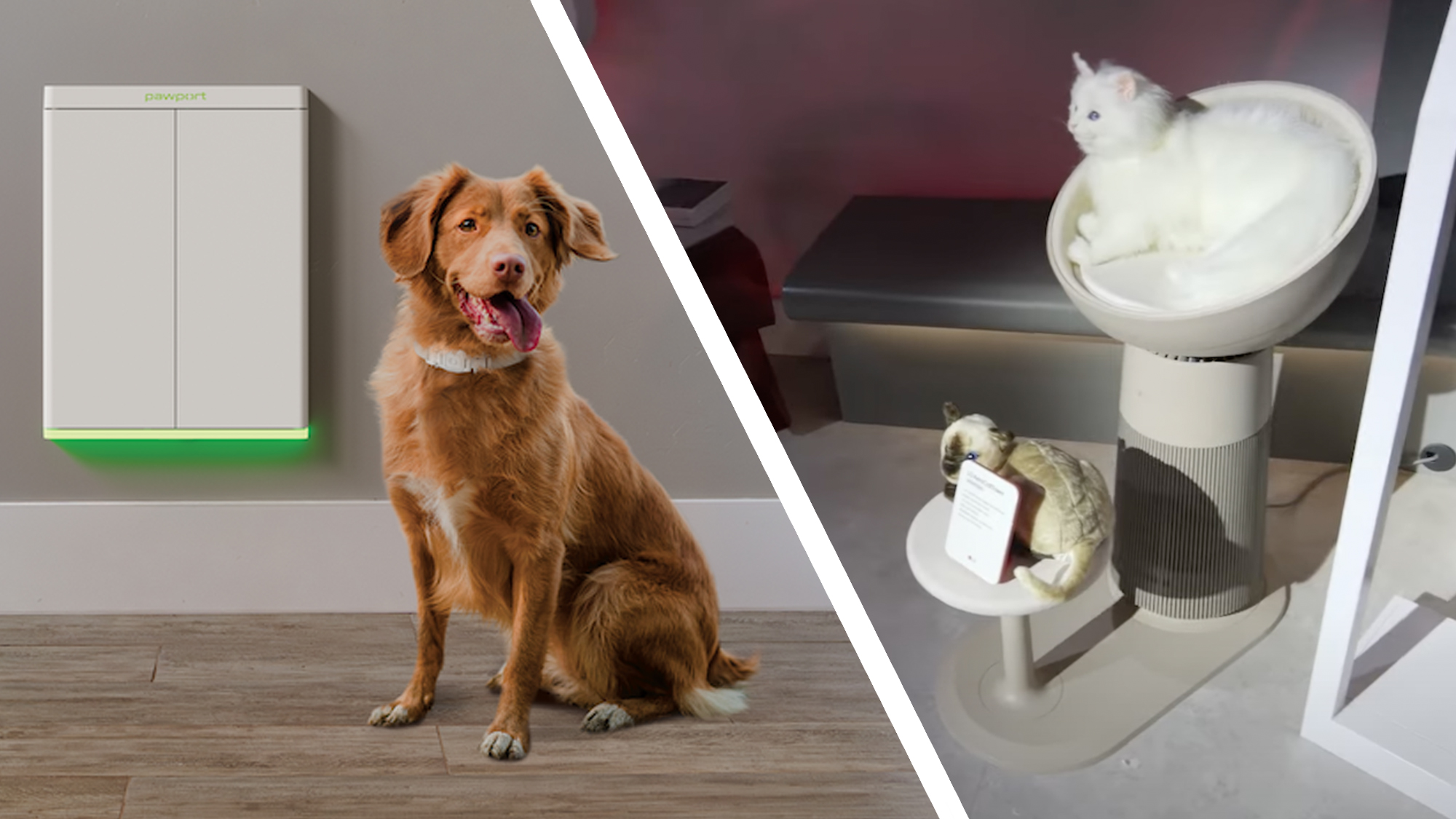
We didn't directly ask any cats or dogs what they thought of CES 2025, but we imagine many gave the show an approving nod. There was a wealth of tech designed for our furry friends, and a few in particular caught our eye.
Okay, the first of these – the Levoit Pet Odor & Hair Air Purifier – is more for pet owners than the family doggo. It's programmed to quickly detect what are politely referred to as "key substances" and adjust the fan to quickly clear the offending odor, while a carbon filter helps neutralize them. If it means your dog spends less time being banished from the living room, we're sure it'll approve.
Cats will also certainly purr with approval at LG's AeroCatTower, an air purifier that acts as a podium for a cat bed. The tower includes a heater to keep your cat toasty warm, and there's even a built-in scale so you can surreptitiously measure its weight. The only downside is that your lap may suddenly become a less appealing dozing spot for your kitty.
With a new version of the Pawport pet door and a next-gen dog tracker called Tractive (which promises to tell you why your dog is barking) also on show at CES 2025, there's no doubt that pets – and even bugs – are going to have a fun, tech-fueled year.
- Read more: Levoit’s new pet-parent air purifier will switch on the fans when it senses your dog is being stinky
8. Laptops will give us more screen estate

We're not talking about big-screen laptops – instead, we're referring to standard-size laptops that miraculously grow some extra screen estate from seemingly nowhere, like the new Lenovo ThinkBook Plus Gen 6 Rollable.
Debuted at CES 2025, this ThinkBook is the first of its kind – a laptop with a 'rollable display' that you'll actually be able to buy. As you can see in the video below, that screen grows from a 14-inch landscape display to a 16.7-inch vertical one with the press of a button.
While we certainly have reservations about wear and tear, plus fixing that rolling mechanism if it breaks, it's hard not to be excited about the sheer gadget joy that Lenovo has created here. Well, until you see the $3,499 (around £2,865 / AU$5,685) US price tag.
Rollable displays aren't the only way that laptops will give us more screen estate in 2025, either. The latest Asus Zenbook Duo (2025) also massively impressed us at CES 2025 – it has two gorgeous 14-inch, 3K resolution OLED touchscreens, but it can also be used as a traditional laptop using a traditional keyboard that sits on top of one of them.
We called it the “king of on-the-go functionality,” and it's another example of how much more versatile laptops will become in 2025.
- Read more: Lenovo unveils world's first rollable display laptop, the ThinkBook Plus Gen 6 Rollable, at CES 2025
9. Oura and Samsung will get big smart ring rivals
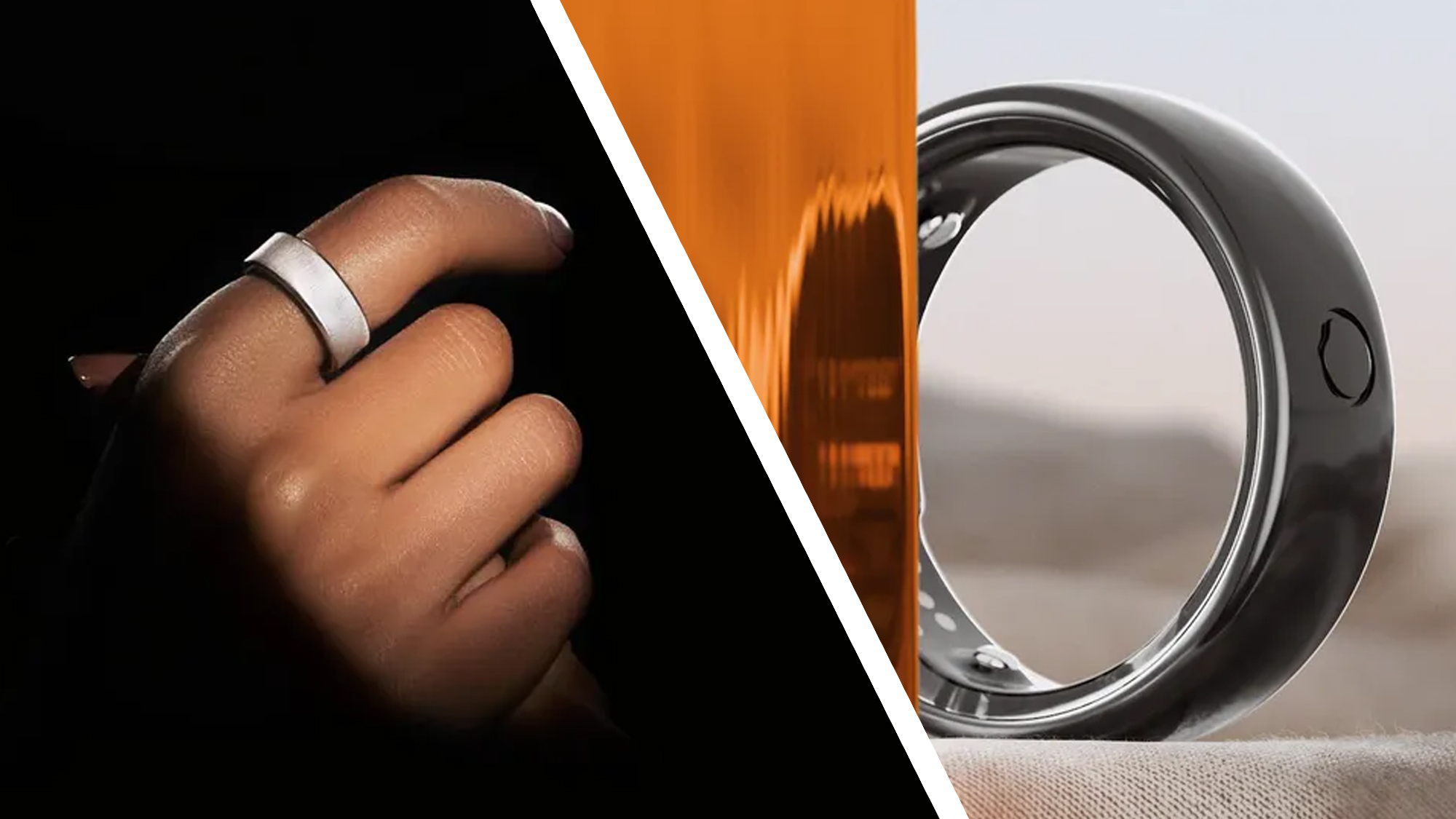
Last year's CES 2024 was where smart rings took the baton from smartwatches as the most exciting thing in wearables – and this year, we saw the little health trackers really mature.
The battle for the title of best smart ring is no longer just Oura vs Samsung. At CES 2025, the Circular Ring 2 arrived with a couple of handy innovations – an app-based sizing system that's slicker than trying on plastic rings and an FDA-cleared AFib detection algorithm.
Meanwhile, Ultrahuman has gone full Apple Watch Edition with some new 18K gold and platinum versions of its smart rings. These new Ultrahuman Rare models (prices start at £1,499, or around $1,900 / AU$3,000) won't exactly be ones we're rushing out to buy, but they show the smart ring market is expanding.
Despite their compact size, there's still room for innovation in smart rings, too – the South Korean startup VIV Health revealed the VIV Ring at CES 2025, which can generate customized sounds to help you sleep based on analysis of your snoozing data.
- Read more: Circular Ring 2 unveiled at CES – and it's the end of plastic sizing kits for smart rings
10. Coffee will get the tech treatment

According to coffee insiders, the big trends this year will be premium pods, sustainably-sourced beans, and a growing number of home espresso connoisseurs. But if CES 2025 is anything to go by, we can also add strange and eccentric coffee gadgets to that list.
Perhaps the oddest was the KaraPod, which never needs filling with water –instead, it uses condensed air from your home to make your brew. That concept left us a bit torn between the undoubted environmental benefits and the slightly odd sensation that we'd be drinking the (albeit filtered) moisture from our drying washing.
Still, some other neat ideas we spotted included the AstroBrew machine (which promises to whip up a tasty cold brew in minutes) and the Midea Barista Brew system, which inevitably uses AI to learn your taste preferences. Whatever your tastes, a cup of instant will no longer cut it in 2025.
11. The AI robots are coming
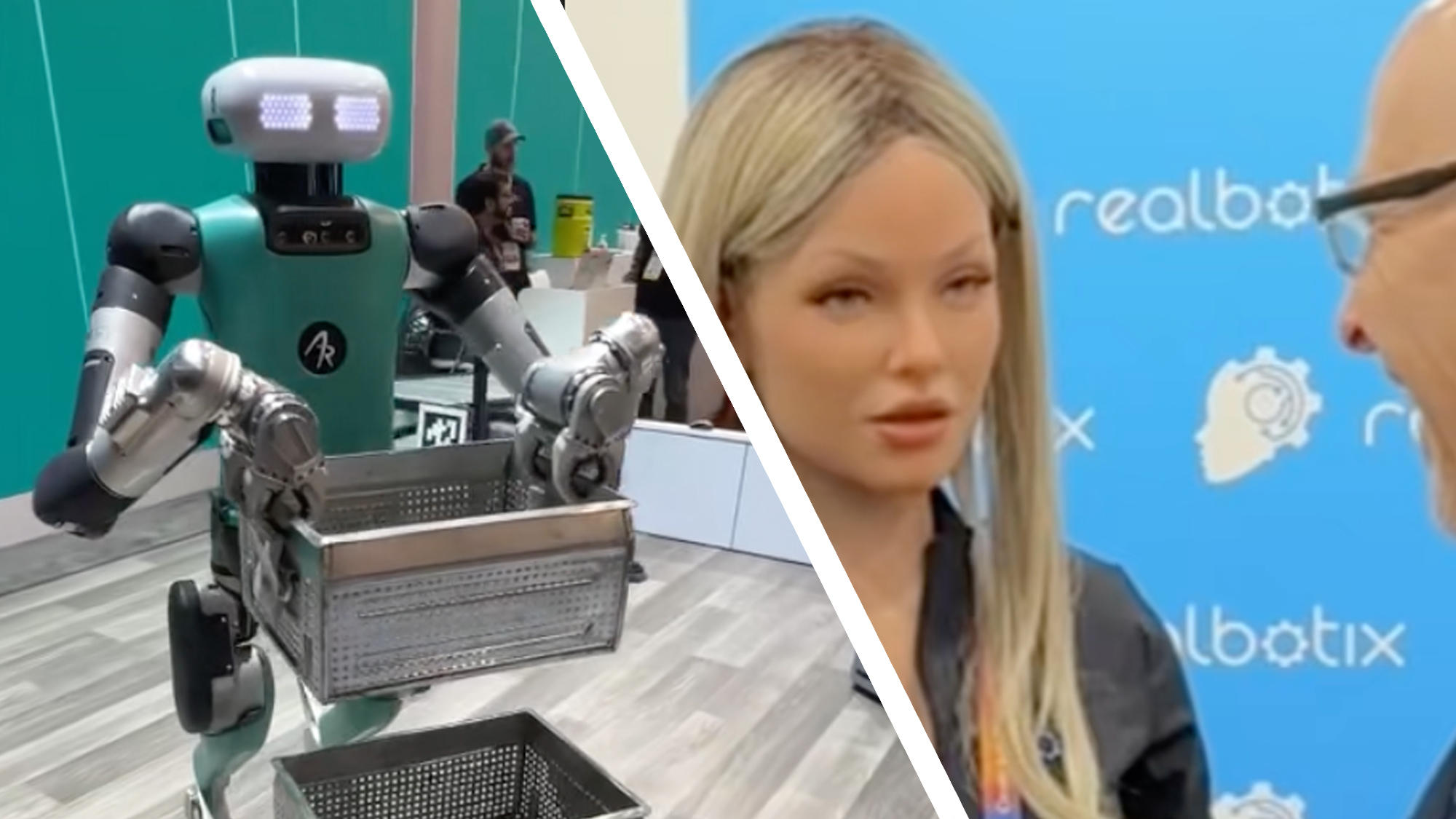
It's painfully obvious to say that AI is going to be a tech trend of 2025, so we left it out of this list. There's also understandably some hype fatigue among tech fans who sense that AI might be working harder for shareholders than it is for them. But one AI-adjacent space where it's having a fascinating impact is robotics.
Last year, we chatted to the maker of the Ai-Da robot, which rustled up a painting that sold for over $1 million, and we can expect a lot more stories on that theme in 2025. That's because robotics companies like Realbotix are using AI to make their humanoids even more scarily realistic.
@techradar Realbotix Aria humanoid robot interview! She moves, talks, can use AI to identify emotions, and more! Oh, and she costs $175k. #ces2025 #techtok #techradar #ces #viral #lasvegas #robot #humanoidrobot #humanoid #uncanny #uncannyvalley
♬ original sound - TechRadar
We chatted to the Realbotix Aria at CES 2025 above (yours for a cool $175,000) and, while there's still some way to go, its ability to talk more conversationally and also respond to your physical health using an infrared camera are signs of where this tech is quickly heading.
On a similar theme, Agility Robotics (the maker of the Digit robot below) spoke of their plans to become the first humanoid robot company to make a robot that can safely work side-by-side with humans. If you though the human-machine lines were blurring in 2024, then 2025 has got some surprises for you...







